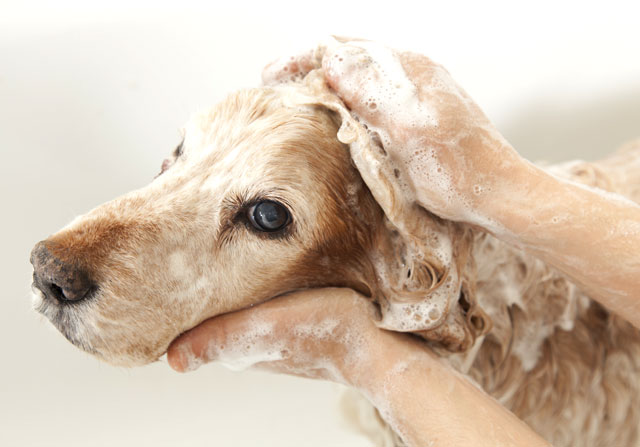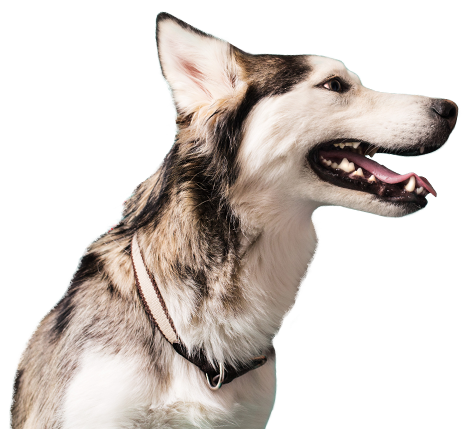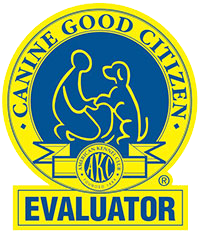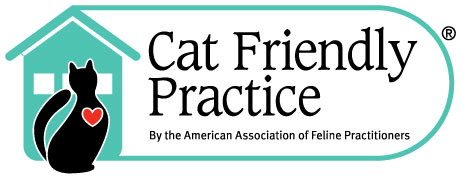
I often ask my clients what kind of shampoo they use on their dogs. They tell me they use a medicated shampoo, but they don’t really know the name or what’s in it or why they are using it. Many times I am told that they have a medicated shampoo with aloe and oatmeal in it.
Let’s break it down. Medicated shampoos should be used when you have a medical condition of the skin. Simple, right? What kind of conditions would that be? I would consider a dermatologic condition where there is bacteria on the skin resulting in odor, crusting, scale and possibly pustules on the skin. These symptoms could be defined as pyoderma, or a skin infection due to bacteria.
Pyodermas can either be superficial or deep, depending on how deep into the skin they penetrate. Every time you get a blemish on the skin, it is not necessary or advisable to use oral antibiotics. Deep pyodermas require weeks of oral antibiotic therapy. Superficial pyodermas do not. However, veterinary medicated shampoos and sprays work very well to alleviate the symptoms of a superficial pyoderma.
Antimicrobial Shampoos for Superficial Pyodermas
We prescribe a medicated shampoo with the word “antimicrobial” on the label to treat superficial pyodermas. The term antimicrobial means it is an active ingredient that can decrease the microbes of the skin. Microbes refer to the bacteria of the skin. These products may be used once a day or several times a week to control the symptoms of odor and crusting. They may be used in a localized area, particularly the spray, which makes them very handy. When applying the sprays, be sure to shake well. Also, since every dog will lick what they can smell, I advise applying the spray before going for a walk or perhaps at meal time, as a distraction to allow drying of the spray.
We know that dogs that are allergic to “Florida” react with inflammation in their skin. This inflammation causes the capillaries to dilate resulting in redness to the skin and increased heat of the skin. It is this increased heat that acts like an incubator for bacteria and yeast. An effect of “dermatitis”, or inflammation of the skin, is the hyperactivity of the epithelium (the skin cells), and the deeper layer of the skin that include the oil glands and follicles. Everything is on hyper drive. Instead of taking 3 weeks to slough old skin cells away, they are being replaced after only three days. That clean smell of freshly shampooed skin and hair coat is gone after only a few days. The skin seems dry and flaky yet it is also greasy due to the oil glands pumping.
Along with the antimicrobial ingredients, medicated shampoos contain products that will strip away that thick greasy layer and flush the follicles clean. This is something that Aloe & Oatmeal shampoos a not designed to do. They are designed to clean normal skin. They are particularly a favorite of ours when a client is using a topical flea medication. We do not want the topical product removed by shampooing. Aloe and Oatmeal shampoos leave the flea medication intact on the pet’s skin. Do not choose this shampoo if your dog has less that perfect skin. Please ask our staff to recommend one for your pet.
Anti-Fungal Shampoos
Another label you may see on a medicated shampoo bottle is “anti-fungal” activity. Fungal = yeast. Yeast is a common problem to have on skin, especially when allergies are involved. Often times the feet, ears, inguinal (groin) and axillary (armpits) areas grow a overabundance of yeast due to the dark, moist and warm skin found there. With yeast infections, there is often a particular musty odor and intense inching, much like yeast infections in humans.
Anti-Pruritic Shampoos
To help with the itch, you want to see the word, “anti-pruritic” on the label as well. Pruritis is the medical term for itch. The active ingredient to stop your pet’s itch topically is going to be a steroid, such as hydrocortisone. You should always wash your hands after coming into contact with a steroid cream, shampoo or spray. It may be absorbed through your skin as well as your pets’.
How to Apply a Medicated Shampoo
Remember to dilute your shampoo before applying it onto your pet’s skin and coat. This will ensure that it is spread over a large area and not just where you first squeezed it on. You may do this using another empty bottle such as a plastic dish soap bottle. Once lathered, be sure to leave on at least 5 minutes. Rinse with cool or tepid water: NOT warm water. We want to close those capillaries and bring the skin temperature down. You may shampoo your pet with a non-medicated shampoo to clean his skin and coat as a first step. Step 2 is to use your medicated shampoo in those areas that are affected with a skin condition.
I hope this has helped you to better understand the use of shampoos for alleviating skin problems in dogs.

Contact Us
Regular check ups with a veterinarian are important for your pet's health. Contact us today to schedule your next appointment.





